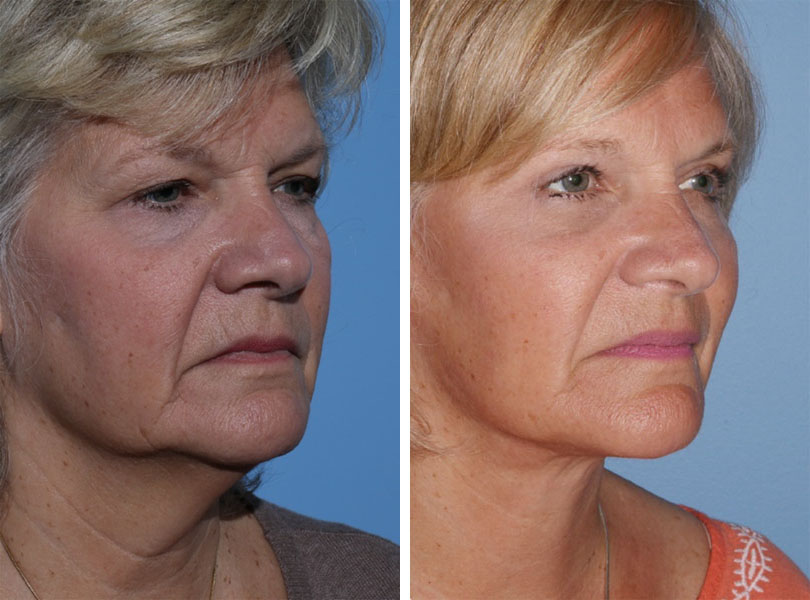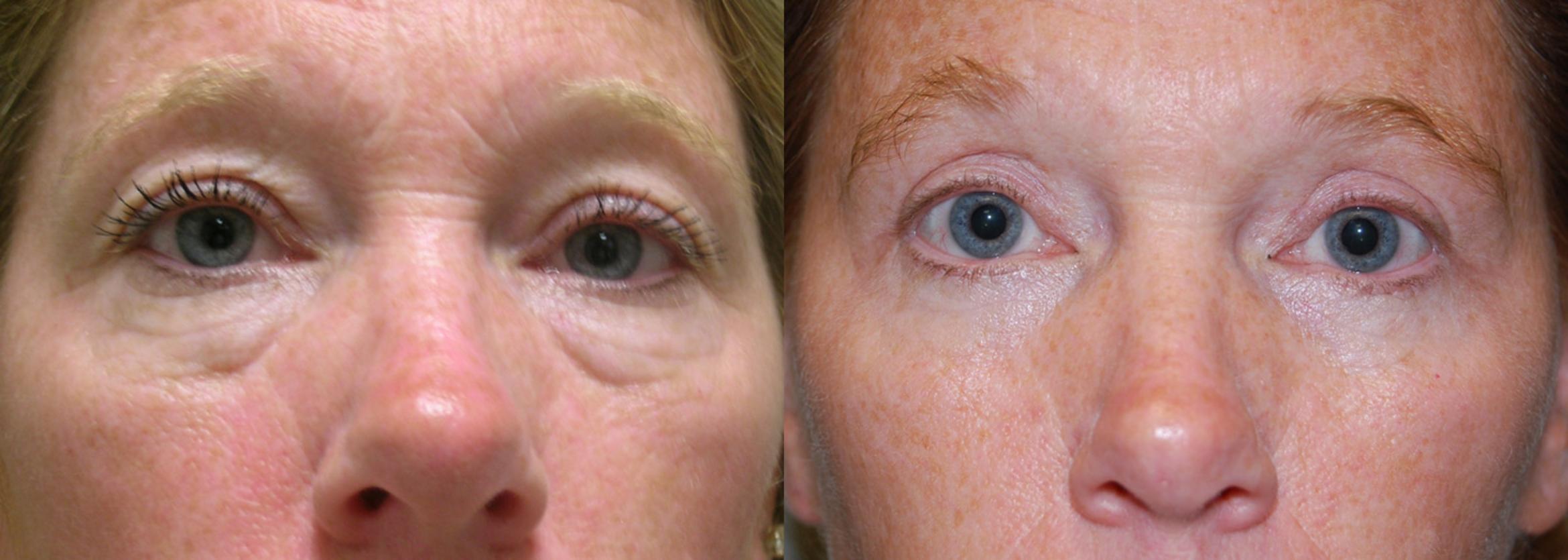
A facelift scar is a normal and natural outcome of surgery. These scars are inconspicuous and will look nice on your face. There are many ways to treat them. There are many options available, including Botox, fillers and Botox. A face lift is an excellent way to improve your facial appearance and enhance your self-confidence.
Incisions behind your ear
Face and neck lifts require incisions that extend posteriorly beyond the ear along the occipital hairline. These scars will not be visible unless they are directly viewed. The scars can also be hidden in routine close-up images of the ears.
The location of the incisions on the facelift is key to the final results. Incisions for facelifts are traditionally placed behind the ear. Although less prominent than the others, these scars are most often noticeable. Dr. Jacono has a new method that hides the incision behind the tragus cartilage in the ear canal. This is to avoid unsightly scars. This hides the scar and minimizes the signs of aging.

Placement
The location of stitches for facelift scars will vary depending on the size, shape and length of the wound. The general rule of thumb is to place the first stitches midway between the wound’s corners and the midline. The second stitch is then placed on either side of the first. Bisecting stitches are also possible to close the wound. However, they should not overlap.
Most sutures used in facelift surgery are very fine, which minimizes scarring. The underlying muscles and fat layer are pulled tight. This pull can cause the stitches to pull. The body is capable of rebuilding skin cells and repairing connective tissues, so permanent damage to a suture would not be possible.
Inconspicuousness of scar
Patients often ask about the conspicuousness of facial lift scars. Patients desire a more natural appearance of their jawline and neckline. They don't want visible marks. The majority of incisions will leave scars. But, if done correctly and carefully planned, the scars can be hidden as much as possible. A face lift often involves long incisions around the hairline and ears. Proper placement of incisions can provide a natural look, which is what facelift patients want.
Scars tend to be brighter and more prominent when they are first formed. This can lead to some disorientation in the initial weeks following surgery. Most scars will fade with time. In some cases, they may disappear entirely. Every individual heals at his or her own pace. There is no one standard time that scarring will appear.

Treatments available
The results of a facelift can vary widely. The procedure can improve the appearance deep wrinkles, facial jowls, and skin flexibility by tightening facial muscles, and removing excess fat. Patients may also benefit by a forehead lift and/or blepharoplasty to reduce signs of ageing around the eyes, brow, and neck.
If you are worried about your face lift scars, try using silicone sheeting to help reduce their visibility. You can purchase silicone sheeting at your local grocery or over the counter. This type of sheeting can increase circulation and reduce adhesions. This sheeting also promotes collagen production which aids in the healing of incisions. It is recommended that silicone sheeting be worn for at most three months.